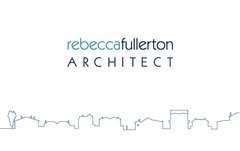Room 11 Studio
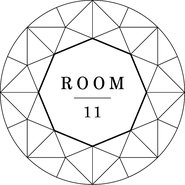
Room11 is a design and research practice working within the fields of architecture and urbanism. Room11 likes to: design houses, extensions, new buildings and creatively re-use old ones; collaborate, design hybrid bridges; wants to re-define architecture’s role in everything; works across scales and type, think big, think small… Room11 was established in Hobart in 2005. In 2010 the practice opened an office in Melbourne.
Driving directions to Room 11 Studio on map
Room 11 Studio on Google Maps
Projects:
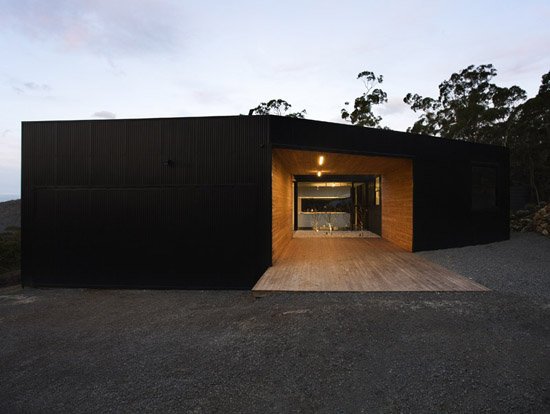
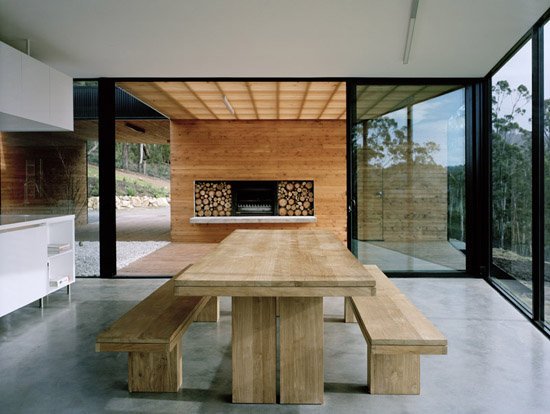
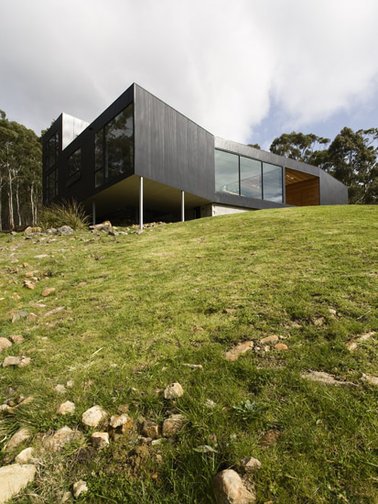
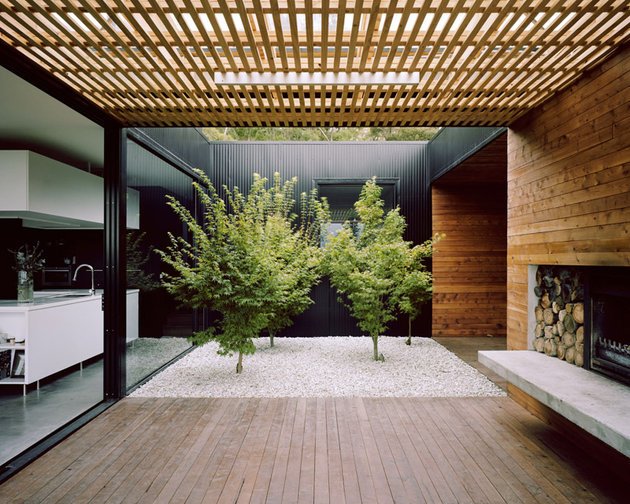
Allens Rivulet House 2
Allens Rivulet, 2009
The house has a duality of experiential qualities defined by context. Its angular and severe form is a toughened abstract container, bracing itself against the Tasmanian landscape and weather conditions. The exterior of the building acts as a protective envelope. The courtyard spaces are the result of a considered approach to outdoor living. They allow one to sit in the sunshine and avoid the cold winter wind, or alternatively sit outdoors and avoid the harsh summer sun. The client wish for the kitchen to be the heart of the home generated the internal layout. A defined grid relating to the various uses set the kitchen at its centre, becoming slightly deformed as rooms shifted towards particular views. The heart is visible from various spaces within the house. The compact plan is made to feel larger via the positioning of the voids and linked external areas. Metal cladding was employed for low maintenance and to allow the building to recede into the shadows of the landscape. There is a suspended concrete slab through the living area for thermal mass, absorbing the heat transferred through glass walls to the north. Natural ventilation operates via airflow through the connecting the courtyards.
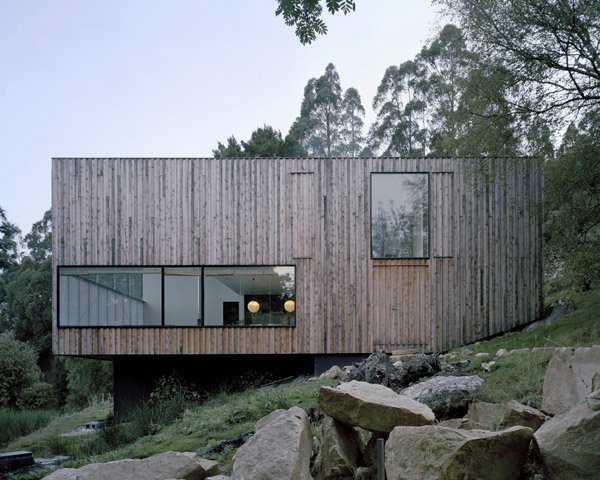
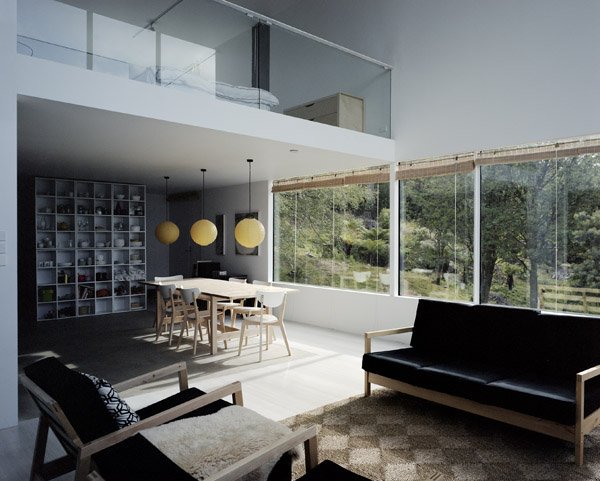
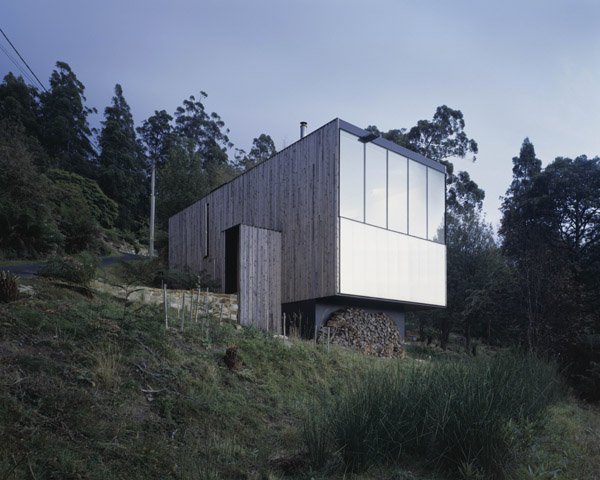
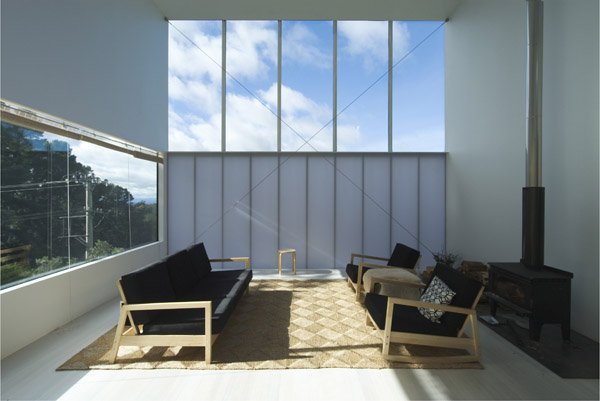
Little Big House
Fern Tree, 2009
Thomas Bailey and Megan Baynes designed and built this house for themselves in Fern Tree upon the eastern slopes of Mount Wellington high above Hobart. The siting is mindful of its context; positioned close to and perpendicular to the curvilinear Huon Road. The house, on a vacant lot between established houses and gardens, is defensive and diagrammatic. Tucked carefully between cadastral constraints and a magnificent birch tree, the footprint has been kept deliberately small. The dwelling is stacked across two levels which step to match the undulating terrain. It’s just a box. A clean volume with two exceptions; a service core and an entry air-lock. The house is designed to be intensely private. Apertures are purposefully positioned to create pure window types opening to either garden, sky or shadow. Polycarbonate cladding on the eastern and western facades render luminous shadow walls which enable the house to be concurrently light and contained.



